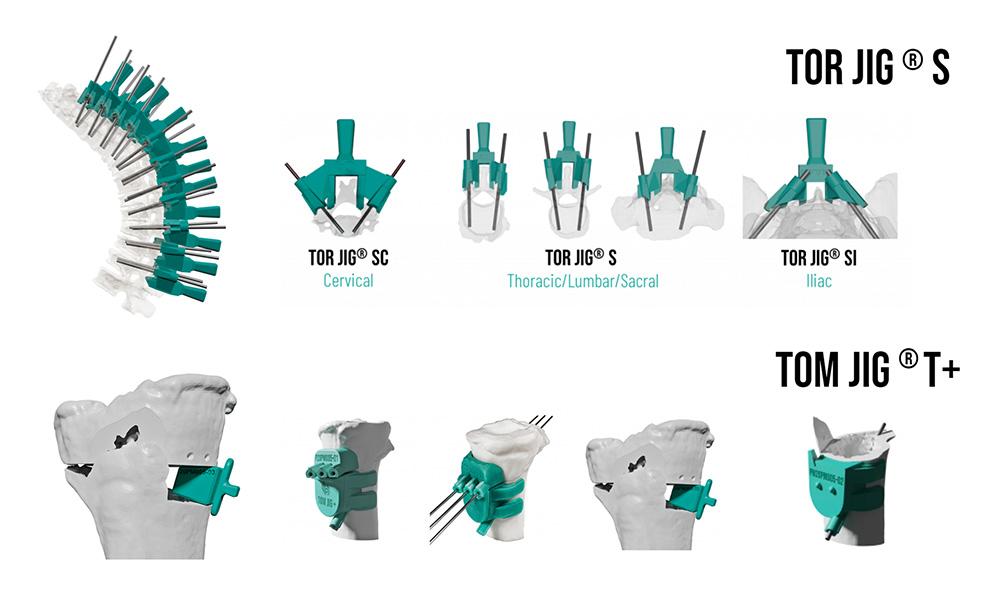Custom surgical guides developed with artificial intelligence
4/26/23
Researchers from the Universidad Carlos III de Madrid (UC3M) and the startup Digital Anatomics have developed a technological solution for the health field which makes it possible, through artificial intelligence, for complex medical surgeries to be adapted to the particularities of each patient. Digital Anatomics carries out its activity in the UC3M Science Park.

The development, called TOR JIG, is a system of custom surgical guides for spinal surgery. These guides facilitate precision surgery based on the characteristics of each patient. The system is their own software based on artificial intelligence which improves the process of approaching spinal surgery.
This innovation arises from the need to improve surgical procedures in which the technique called “spinal arthrodesis” is used. This technique is applied in operations for multiple spinal pathologies and consists of permanently joining a series of vertebrae together to prevent deformities and pain. However, a critical step during its application is the drilling of the vertebrae for the subsequent placement of the pedicle screws. This step, which is traditionally performed freehand, increases the likelihood that the screws will not be inserted in their optimal position, the duration of the surgery and the risk of complications, such as bleeding and infections.
The software, designed by researchers from the UC3M Bioengineering Department and Digital Anatomics, allows healthcare workers to plan, before the operation, where to place the screws in spinal surgeries. “Our product consists of surgical templates or guides, designed automatically and made of biopolymer, which adapt and copy the shape and anatomy of each patient’s bone. This allows the surgeon, for example, to cut or drill in the exact position”, says Alejando Reyero, founder of the Digital Anatomics company and a UC3M alumnus.
The University’s Biomedical Science and Engineering lab (BSEL) has participated in the development of the software algorithm using artificial intelligence applied to medical imaging. “We have done so from a CT image. The intention is to locate each of the vertebrae independently, that is, to know the exact position of each vertebrae and automatically contour these vertebrae. To do this, we have used public databases where around 200 images already existed. Based on this database, we have trained an algorithm that is capable of learning to locate and segment the vertebrae”, says Javier Pascau, researcher and deputy director of UC3M’s Bioengineering Department.
To date, over a hundred surgeries have been performed using the TOR JIG software. It has been found that the patients who underwent surgery recovered faster, hospital stays were shorter and the understanding of each patient’s pathology, as well as the search for alternative therapeutic options, was simpler and more effective.